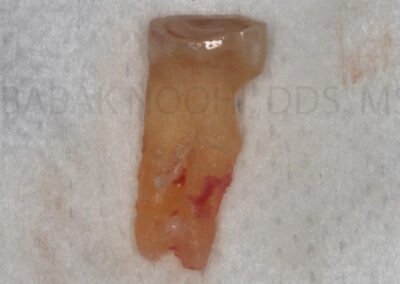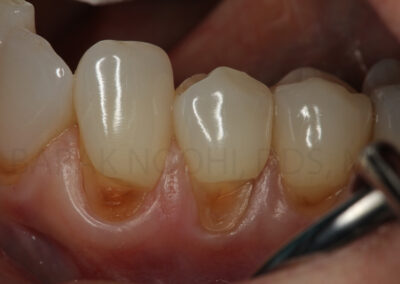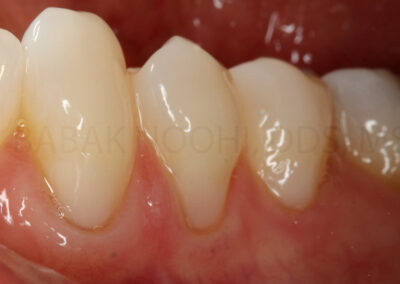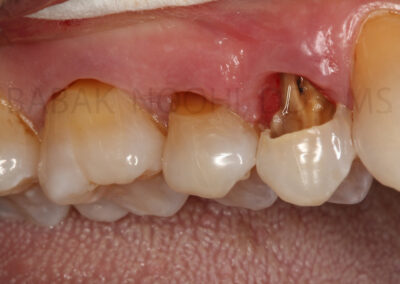Tooth loss manifests in various forms, with tooth decay being the most prevalent type—a consequence of bacterial infection. However, there exist alternative manifestations of tooth structure loss, such as Non-Carious Cervical Lesions (NCCL), a common occurrence observed as a wedge-shaped shiny surface around the neck of the tooth, particularly in individuals with commendable oral hygiene practices.
While conventional wisdom often advises gentler brushing techniques to mitigate tooth loss, recent insights from a dedicated book on NCCL have shed light on its multifaceted origins. Contrary to common belief, brushing exerts the least influence on the development of NCCL, prompting me to share these revelations on my blog for the benefit of my patients and the wider audience.
NCCL is frequently linked with Cervical Dentin Hypersensitivity (CDH), often accompanied by varying degrees of discomfort, particularly with exposure to cold beverages. The degree of discomfort correlates directly with the extent of tooth loss.
The etiology of this particular type of tooth loss encompasses stress factors such as bruxing, clenching, premature occlusal contacts, and chewing hard foods; biocorrosion from endogenous acid sources like plaque, crevicular fluid, and acid reflux, as well as exogenous acid from acidic foods, fruits, and beverages; and friction arising from overzealous brushing, abrasive toothpaste use, and dental appliances such as metal clasps in partial dentures.
Recent research suggests that biocorrosion and cervical stress concentration are the primary etiological factors in the formation and progression of Cervical Wears (NCCL). While toothbrush friction plays a minor role in cervical tooth wear formation, it significantly influences the speed of progression.
Accurate diagnosis is paramount, leading to the identification and elimination of the root cause, followed by the restoration of NCCL to its normal state to prevent further tooth loss.
NCCL may be associated with sensitivity in younger individuals, known as Cervical Dentin Hypersensitivity (CDH). While restoring (with tooth bonding materials) the exposed dentin alleviates sensitivity, it also mitigates the risk of decay formation.
In instances where cervical wear occurs predominantly on the root surface, rather than the coronal part of the tooth, due to thin gum tissue and its recession; changing from a thin to a thicker gum tissue becomes a viable treatment strategy, providing both root coverage and a thicker gum tissue that resists future recessions. This can be achieved by using gingival graft (gum graft).
Please do not hesitate to ask Dr. Noohi if you have further questions, during your next dental appointment. Or use the box below to send him a message with your questions.



